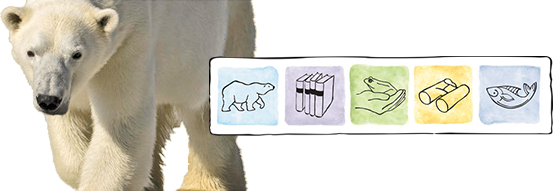Assessment of the reproductive status of female veiled chameleons (Chamaeleo calyptratus) using hormonal, behavioural and physical traits
Publication Type: |
Journal Article |
Year of Publication: |
2015 |
Authors: |
Robyn H. Pimm, Christopher Dutton, Stacey O'Handley, Gabriela F. Mastromonaco |
Publication/Journal: |
Zoo Biology |
Keywords: |
chamaeleo calyptratus, fecal hormones, follicular stasis, reproductive cycle, ultrasonography, veiled chameleon |
ISBN: |
1098-2361 |
Abstract:
Egg binding is a common reproductive disorder in captive female reptiles leading to premature loss of breeding potential, or in severe cases death. It can result from failure to ovulate (and reabsorb) follicles; follicular stasis, or failure to lay eggs; dystocia. Reproductive status of female veiled chameleons (Chamaeleo calyptratus) in a research colony was assessed using enzyme immunoassay (EIA) of fecal reproductive hormones (estradiol; E2, progesterone; P, and testosterone; T) and their metabolites, ultrasound imaging of the reproductive tract, and receptivity to conspecific males. Periods of follicular growth (vitellogenesis) corresponded with increasing levels of E2, and following ovulation, a distinct change in morphology from round (follicles) to oval (eggs) structures, which was accompanied by a surge in P (>20-fold above baseline). P levels remained elevated throughout the gravid phase until just prior to oviposition. Length/width ratios of follicles and eggs were statistically different, but distinguishing a follicle from an egg based on the ratio was unreliable due to a large overlap in values. In animals that failed to ovulate on their first cycle, follicles began to recede but were not fully reabsorbed and could be distinguished from a second batch of follicles based on their echogenicity. Female receptivity to conspecific males was not related to cycle stage (i.e., previtellogenesis, vitellogenesis, or gravid) or reproductive hormone levels. This study demonstrates the use of ultrasonography and reproductive hormone analysis to assess phase of the reproductive cycle (pre- or post-ovulatory), or confirm ongoing follicular stasis. Zoo Biol. 34:20–32, 2015. © 2014 Wiley Periodicals Inc.


